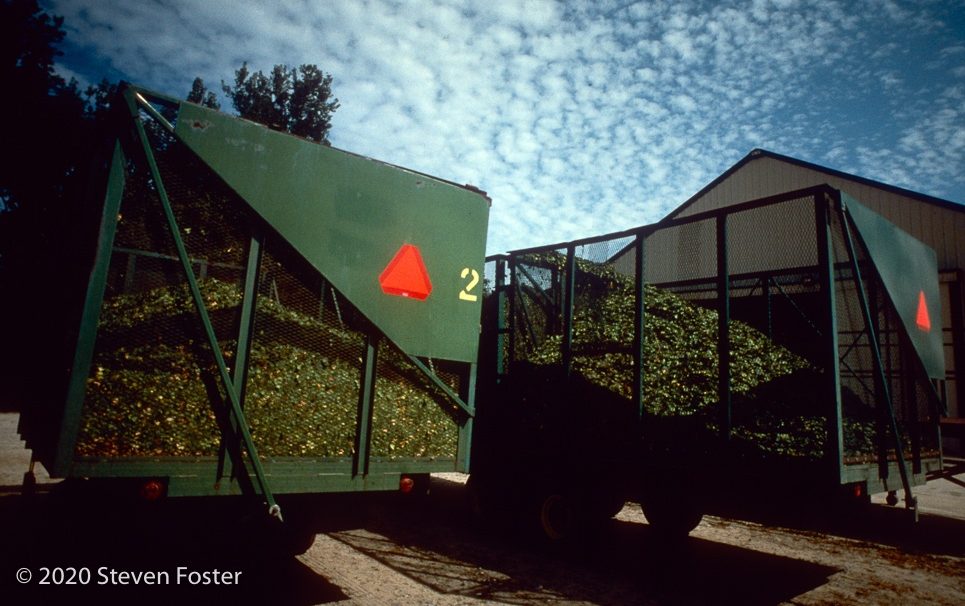MegaFood’s Assessment Tools

The Standard is a score card to go deeper into practices on the farms where MegaFood (MF) sources their ingredients. I spoke with Bethany Davis, MegaFood Director of Advocacy & Government Relations, about MegaFood’s Healthy Farm Standard and their Supplier Code of Conduct.
“MegaFood exists to grow a healthier world. And at the root of that is healthier soil. We believe in the power of farmers and that regenerative agriculture can help us meet our soil health, climate and nutrition goals. So, we have developed a sourcing standard that allows us to work together with our farm partners on our shared goals.” – Bethany Davis
Healthy Farm Standard
Partners must meet minimum requirements in three key areas:
- Building the soil (soil health, soil nutrients, and pest management)
- Conserving resources (water conservation, water pollution, fossil fuels, biodiversity)
- Supporting thriving livelihoods (farm management, thriving workers, nutritional access)
They are beginning to implement the standard with their Farm Fresh Partners, and as with other standards and assessments, this includes asking a range of questions, including on herbicides, what they use, how much they use and under what circumstances. They are gathering data about labor practices as well data on water quality and markers of soil health.
The standard is a point system and a continuous improvement standard. Partners need to meet a bottom line and then move along from there. For example, MegaFood has minimum pesticide residue testing. A farm has to meet these standards and then they work collaboratively with MegaFood to meet shared goals.
Incentivizing Participation
MegaFood incentives farmer’s participation. This can be financial incentives to support on-farm equipment purchases or other types of partnership with MegaFood. For example, these incentives might allow a farm to purchase a particular weeder that will allow them to spray less. Or they might help farmers acquire a certain tool to then allow them to use farming methods that are healthier for the soil.
They are not asking farmers to change practices or to meet an externally imposed set of standards. They do not want to make it harder for farmers or add to what they already have to do. Instead, MegaFood wants to help farmers see where things are by documenting what they already have in place and information that they already know. MegaFood offers webinars and walks them through the steps to report.
For example, they asks farmers about their soil conservation practices, how they conserve resources, etc. to learn how MegaFood can best support their partners to become healthier, thriving farms. This will in turn help the farmers be healthier economically, more resilient, etc. “It’s a win-win,” Bethany said.
What have you learned?
- They had a good idea of the practices used by their partners, but by implementing the standard, they are getting a better idea of how to ask questions in the best way to get the answers they need, which is improving the quality of the scorecard.
- They are learning what tools farmers actually use and why. Some of these tools include the Cool Farm tool, OpenTEAM, and others that help farmers make decisions about soil health.
- They’ve learned a lot by talking with farmers about where they are, what they need to move to the next stage, and what will help them get there.
Supplier Code of Conduct
MegaFood has a Supplier Code of Conduct that all companies they work with must meet. The full code is available on their website. I spoke with Bethany to understand how the code worked in practice.
- The companies they work with do self-audits. This does mean that MegaFood is taking them at their word but if anything looks amiss MF will follow up.
- MF has a map of high/low/medium risk areas of the world. This influences how they interpret the audits. For example, when sourcing from countries with greater chances of child labor, MF might invest in having an audit conducted on site by people who would audit according to MF’s own standards.
- Or MF asks a company if they have been audited by an organization like NSF. If they meet NSF’s standard, then they meet MegaFood’s.
- MF reserves the right to audit though they don’t necessarily do it just because they aren’t able to audit all companies.
- Some people make a business of doing audits of companies and they then make that information available for free online.
- The Code of Conduct is a newer program and so they haven’t yet faced a situation where they find a company is not in compliance.
- Some ingredients are more challenging for environmental reasons. Difficulties in meeting the standards may have to do with the ingredient and not the supplier.
- These Codes of Conduct aren’t uncommon, though it is less common for companies to share their code. Some laws kick a company into compliance. For example, if a company is bigger than 100 million in California, they are required to meet a child labor law.
- MegaFood developed the scorecard with help from Tim Greiner from Pure Strategies.
